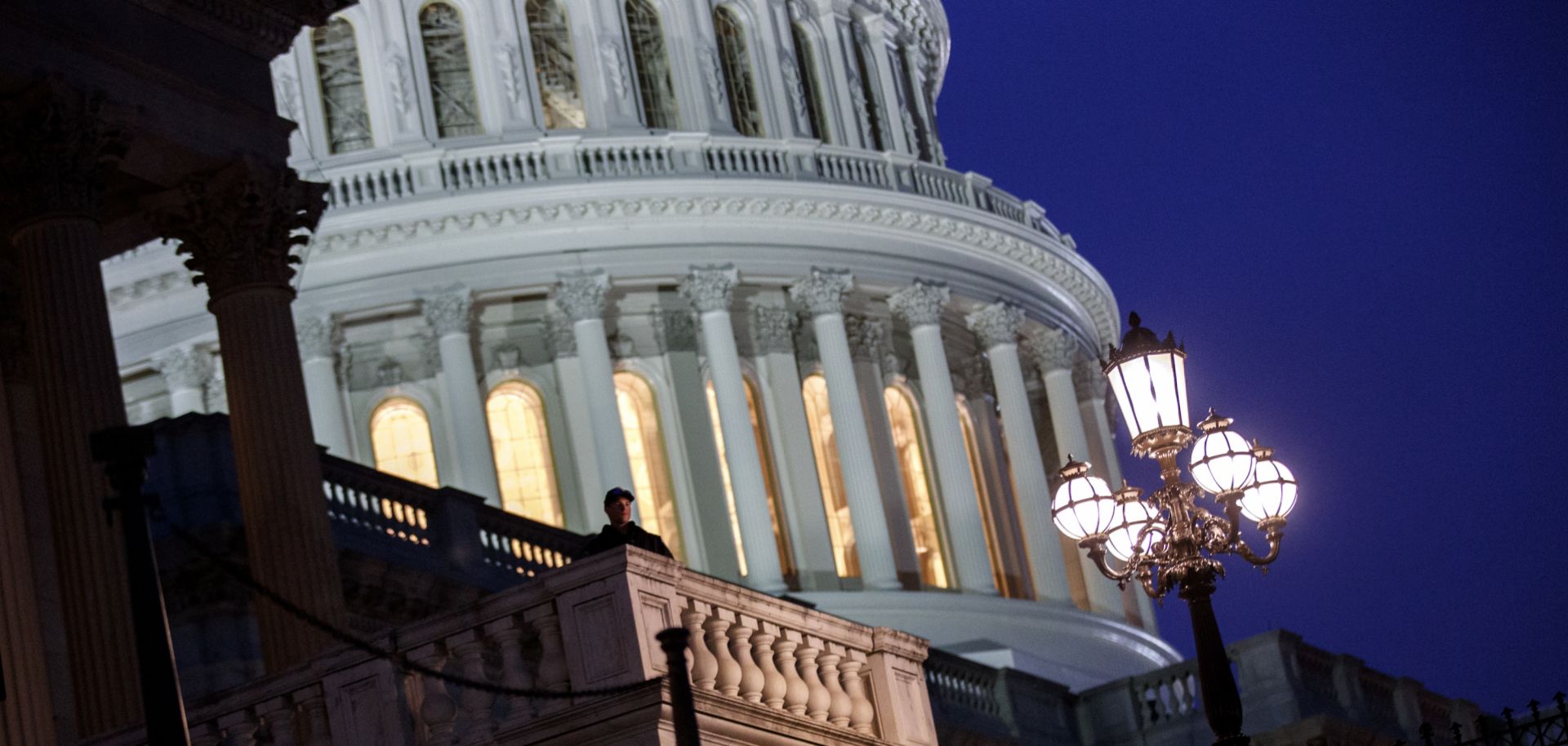GLOBAL PERSPECTIVES
The Dire Consequences of Shutting Down Governments

Feb 21, 2018 | 08:00 GMT

The U.S. Capitol. An analogy to contemporary American governments' willingness to shut themselves down comes from the final decades of China's Ming dynasty.
(DREW ANGERER/Getty Images)
Highlights
- The history of governments that refuse to let themselves operate is not a happy one, as the decline of the Ming dynasty illustrates.
- Alliances and divisions of power can produce effective runs around recalcitrant bureaucracies, but there are few remedies when a government willfully shutters itself.
- It's not clear how long a 21st century government can survive a shutdown, but it's clear shutting down is not how a government is meant to function.
Subscribe Now
SubscribeAlready have an account?
